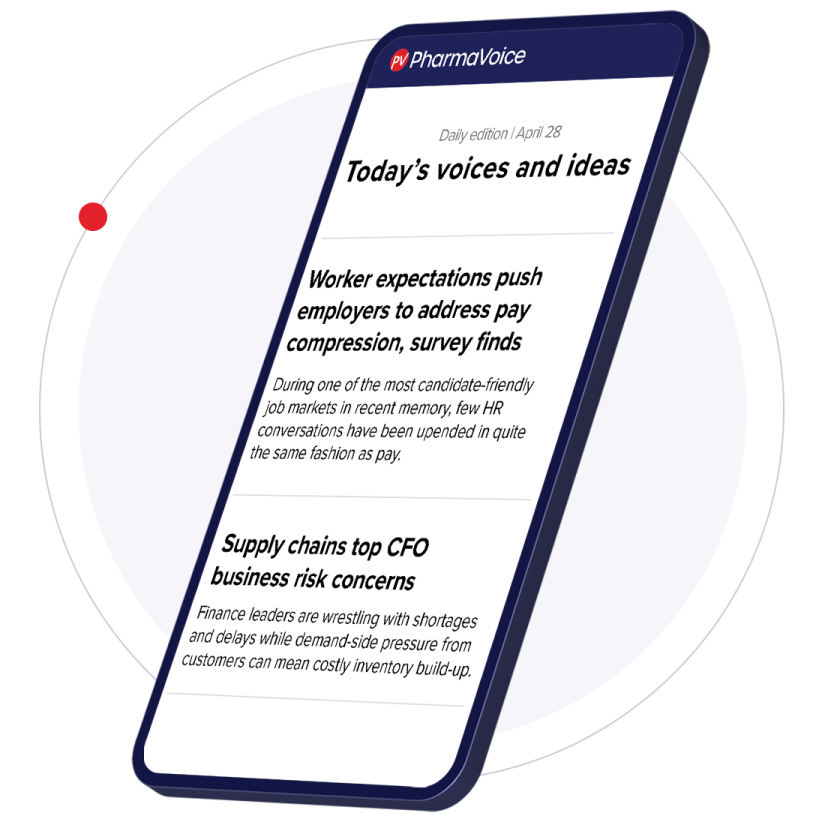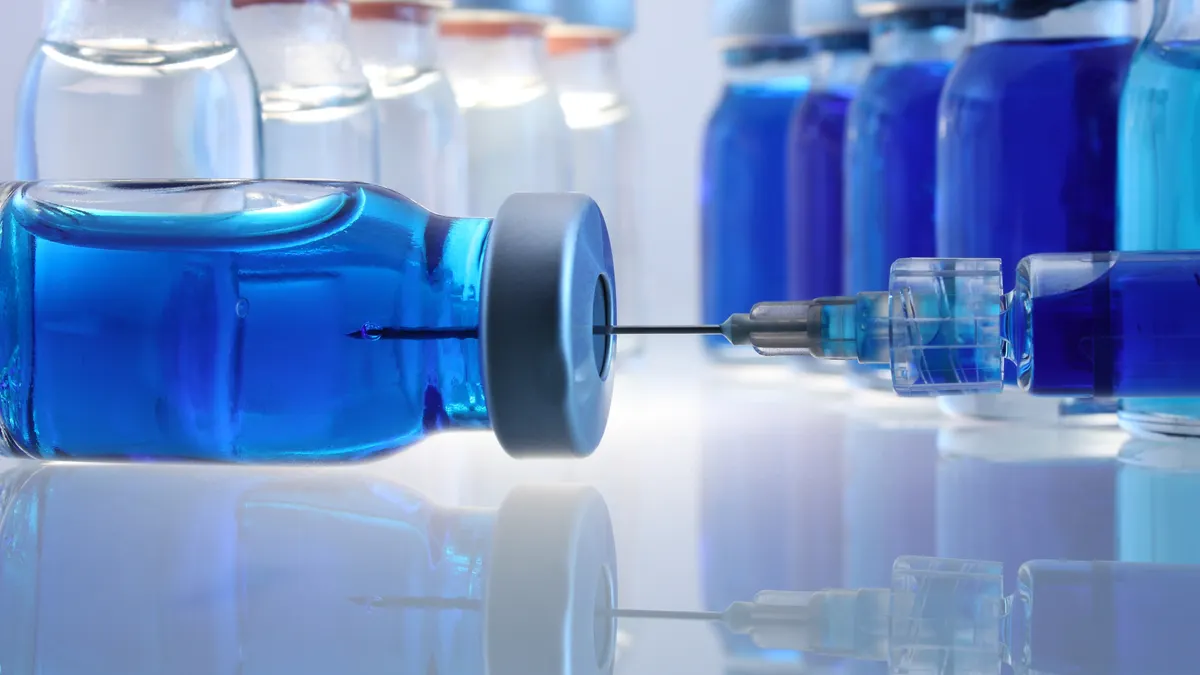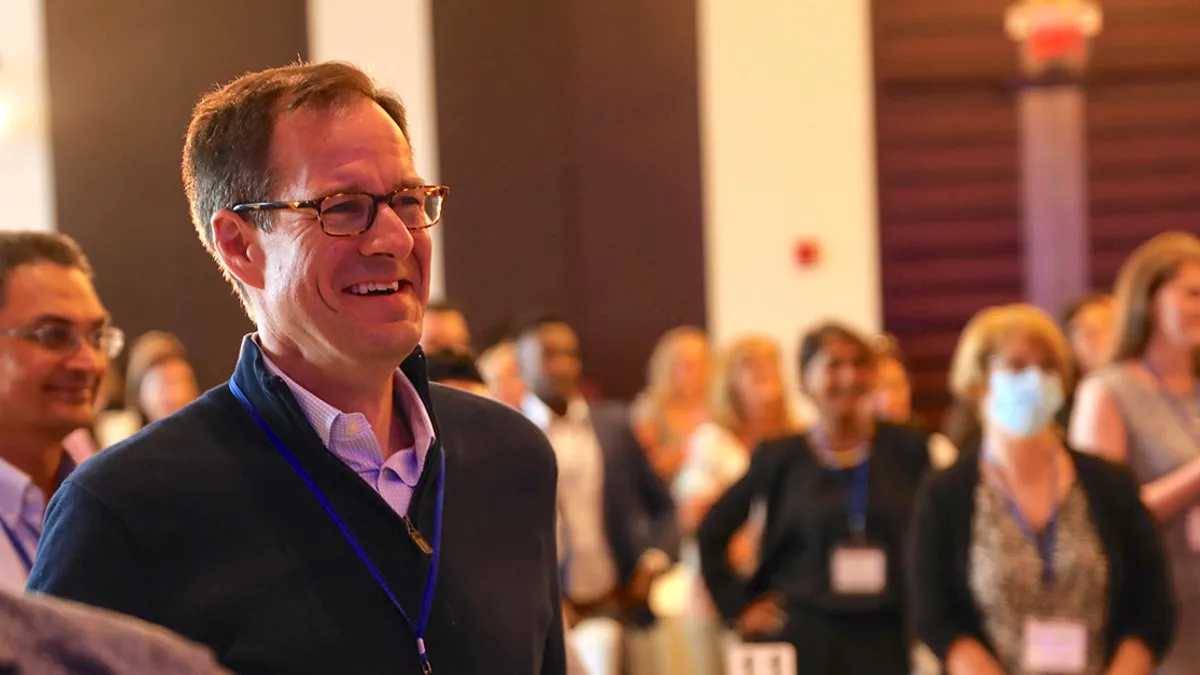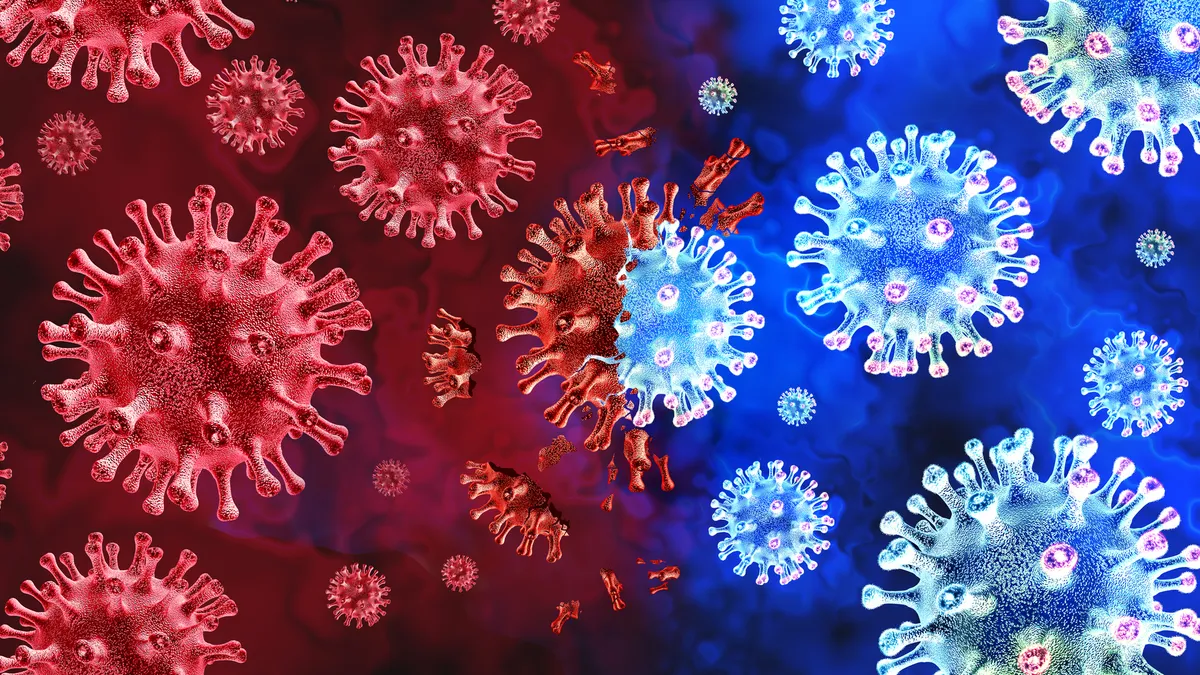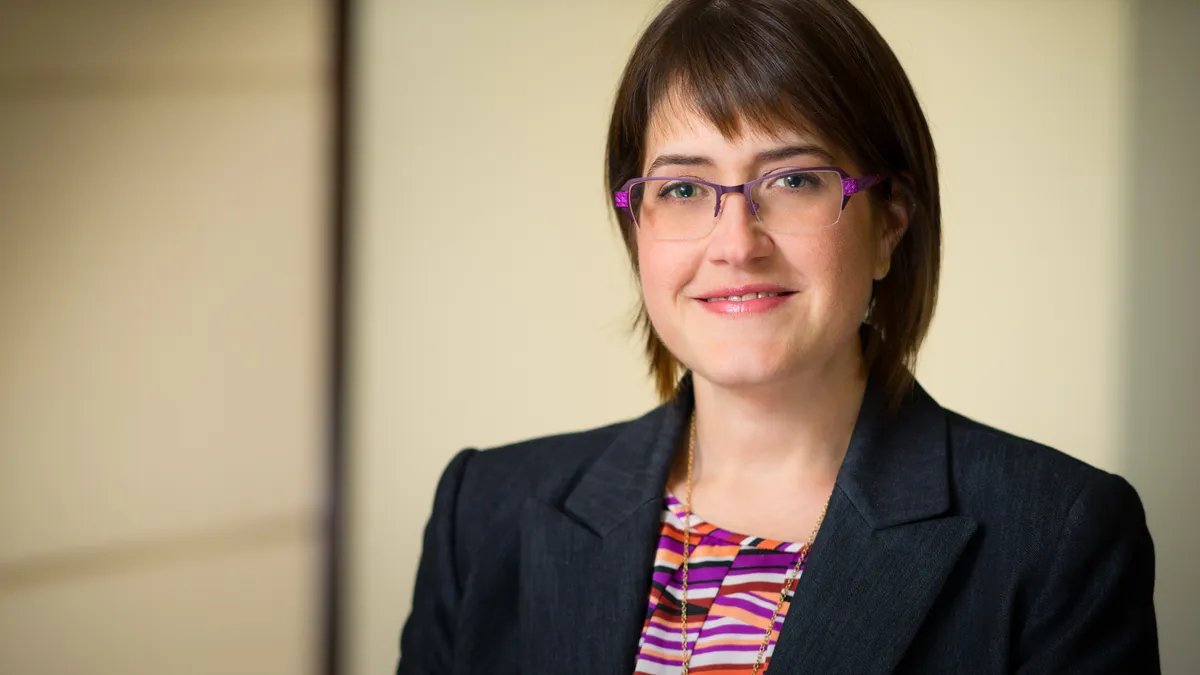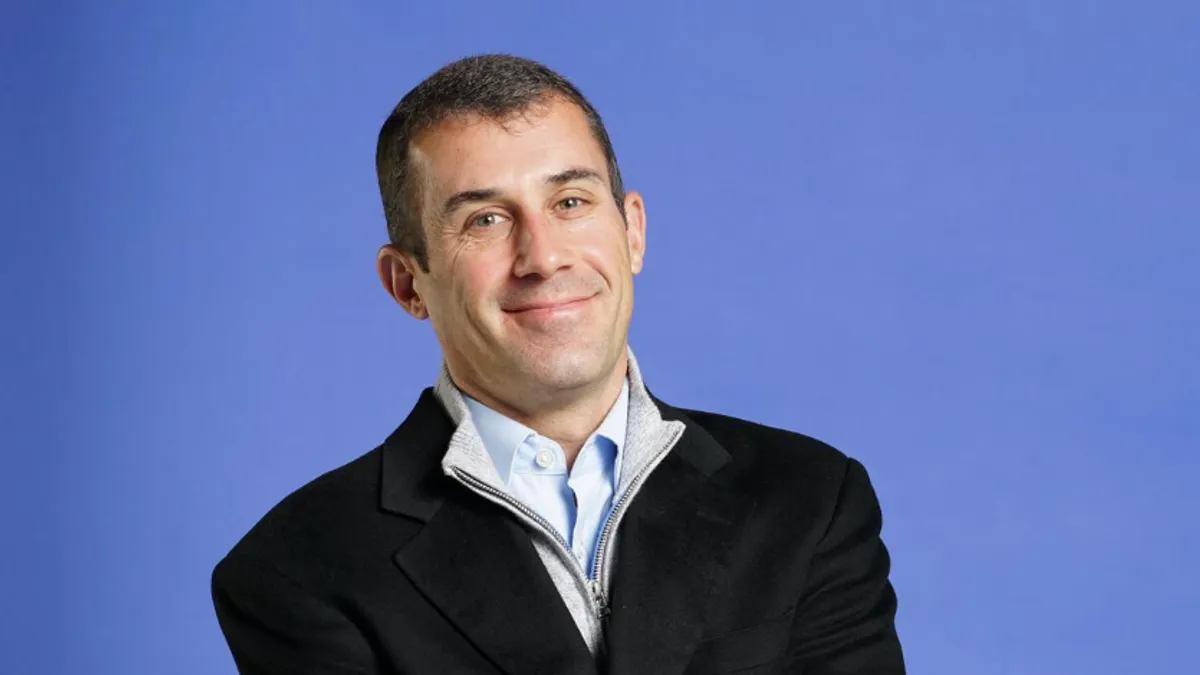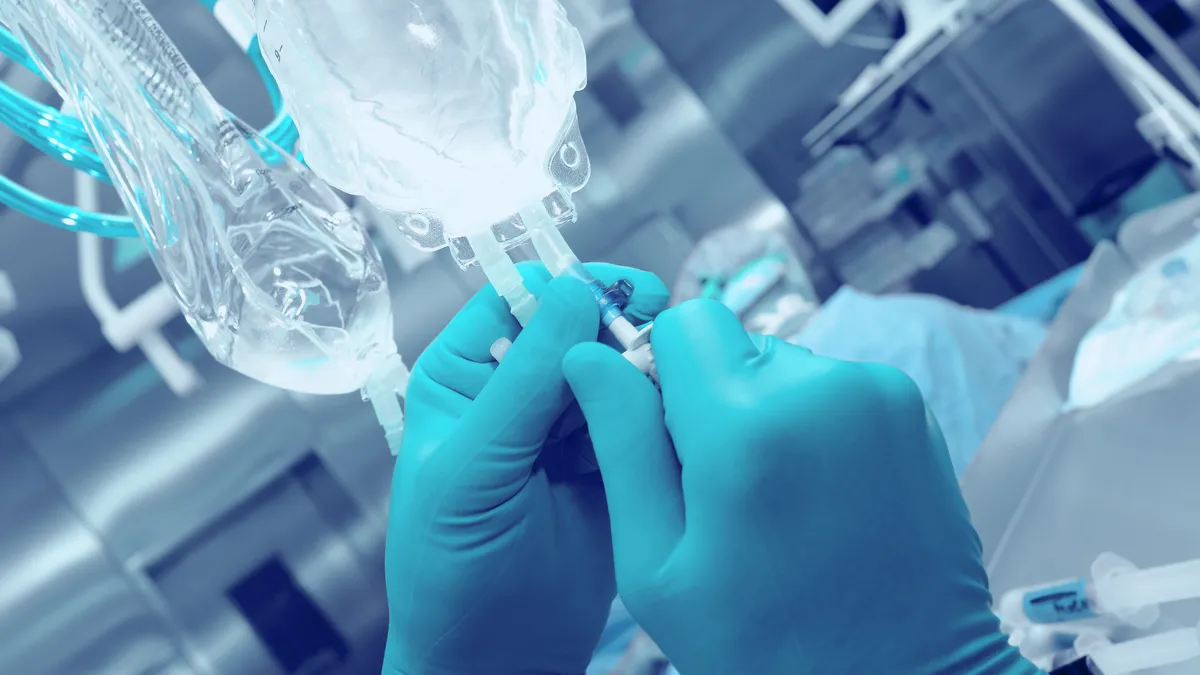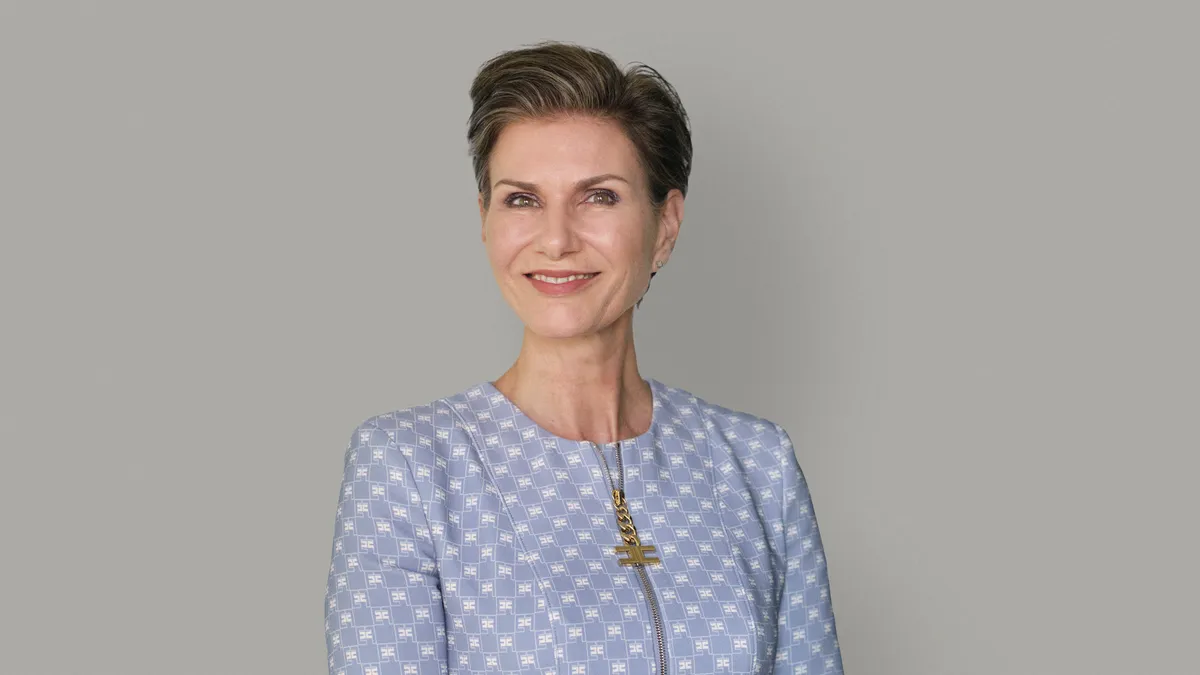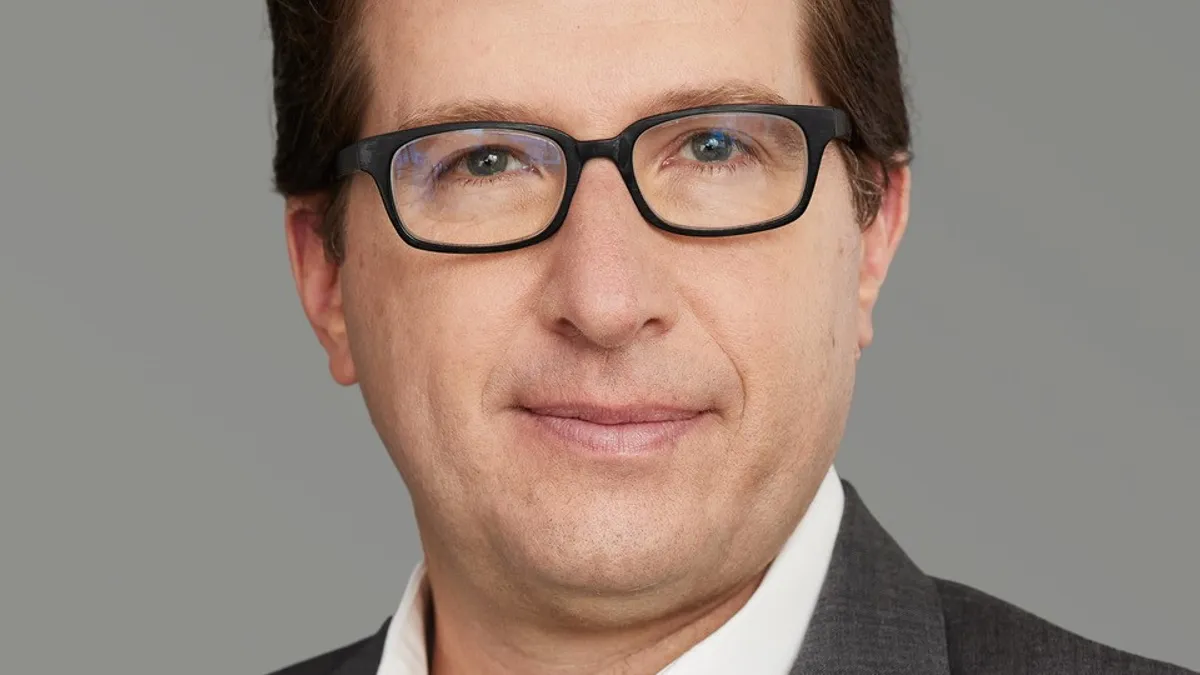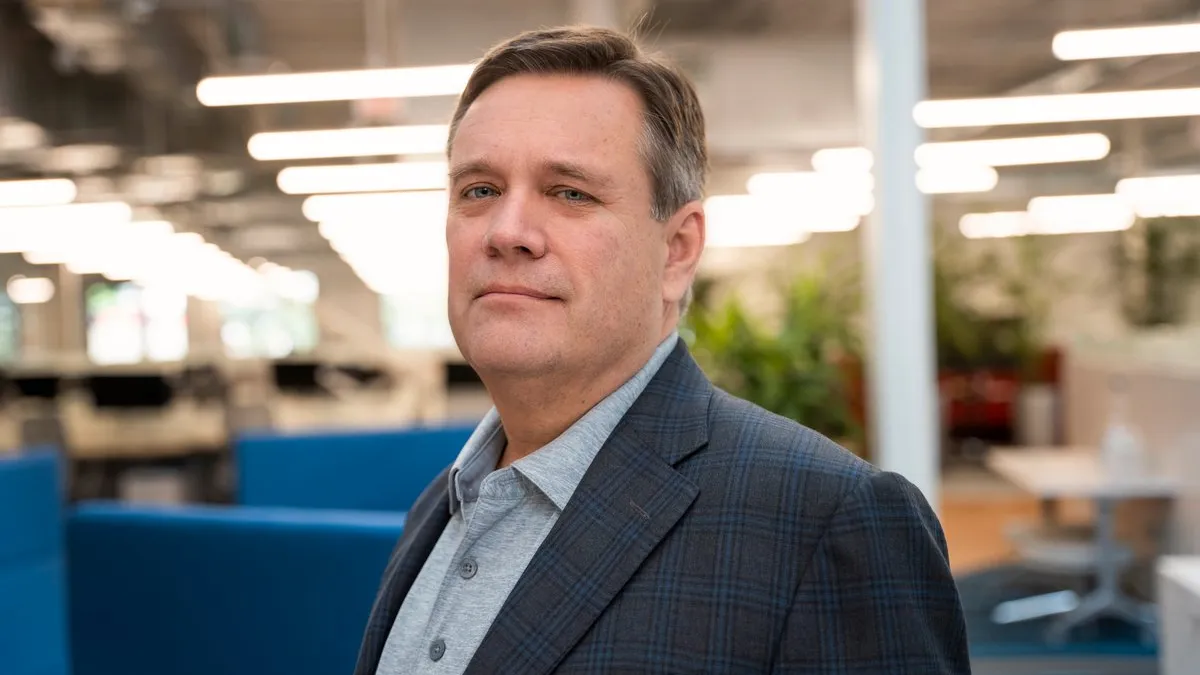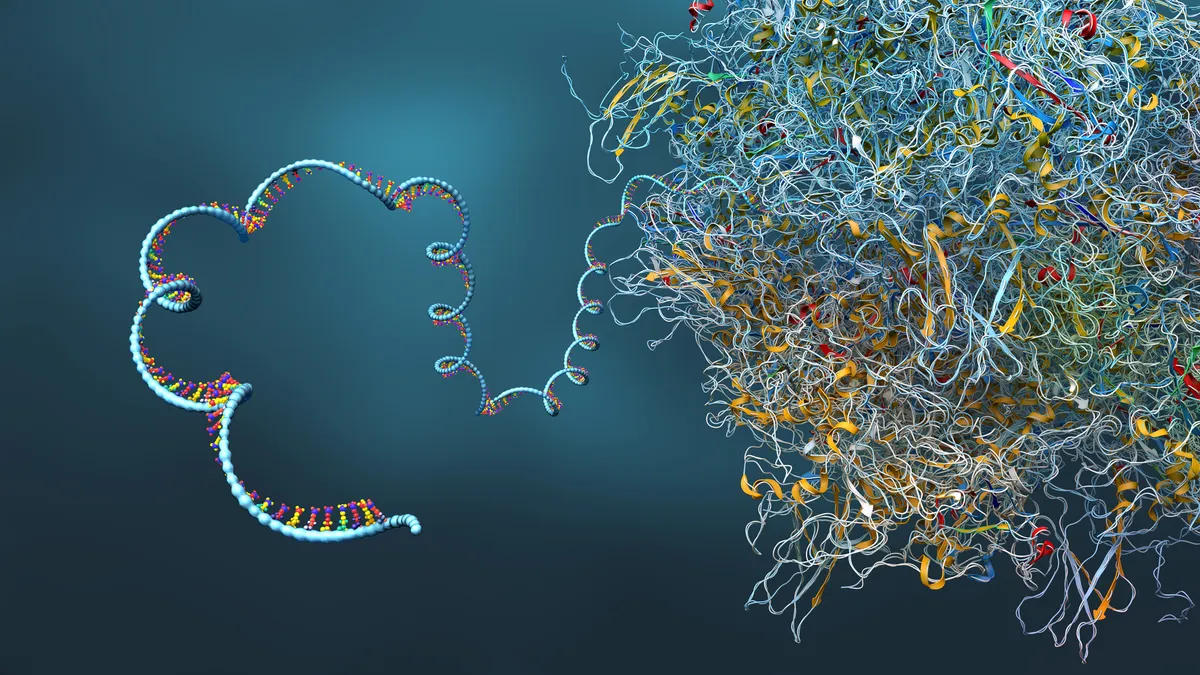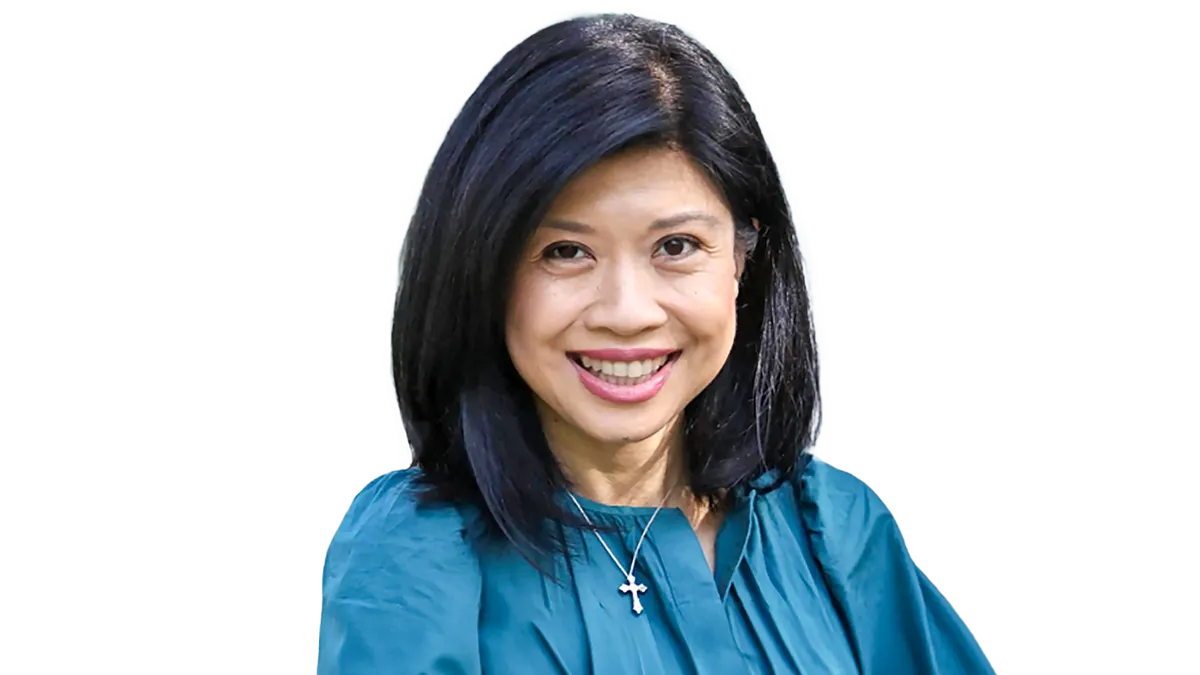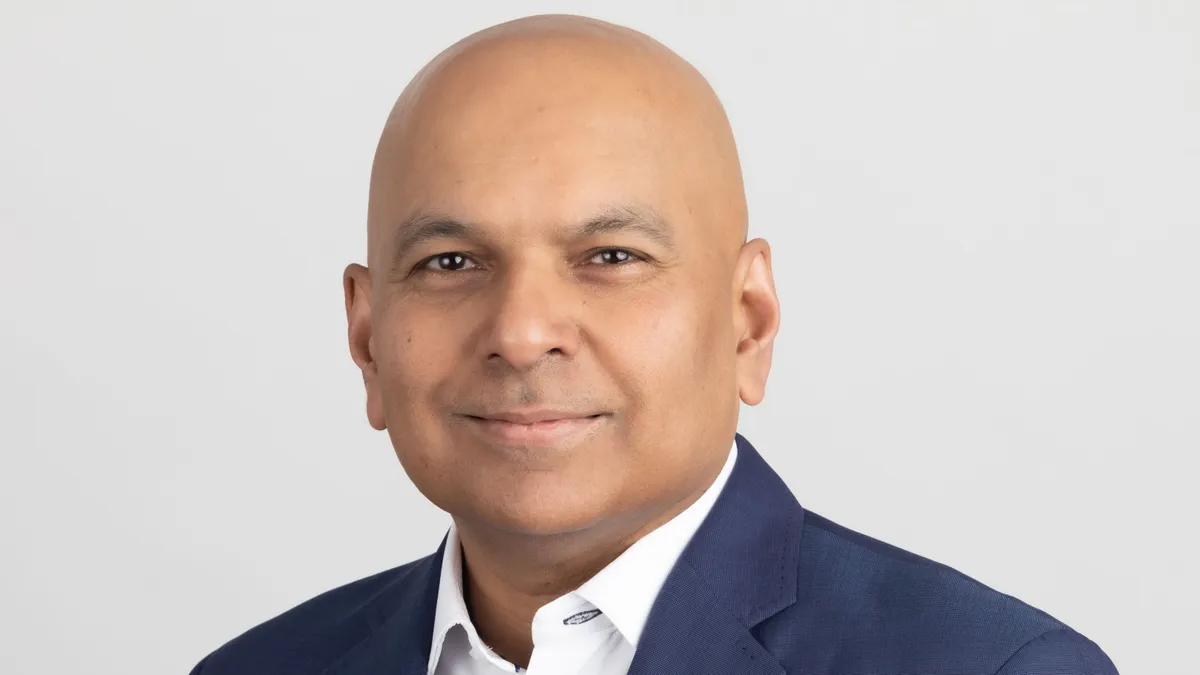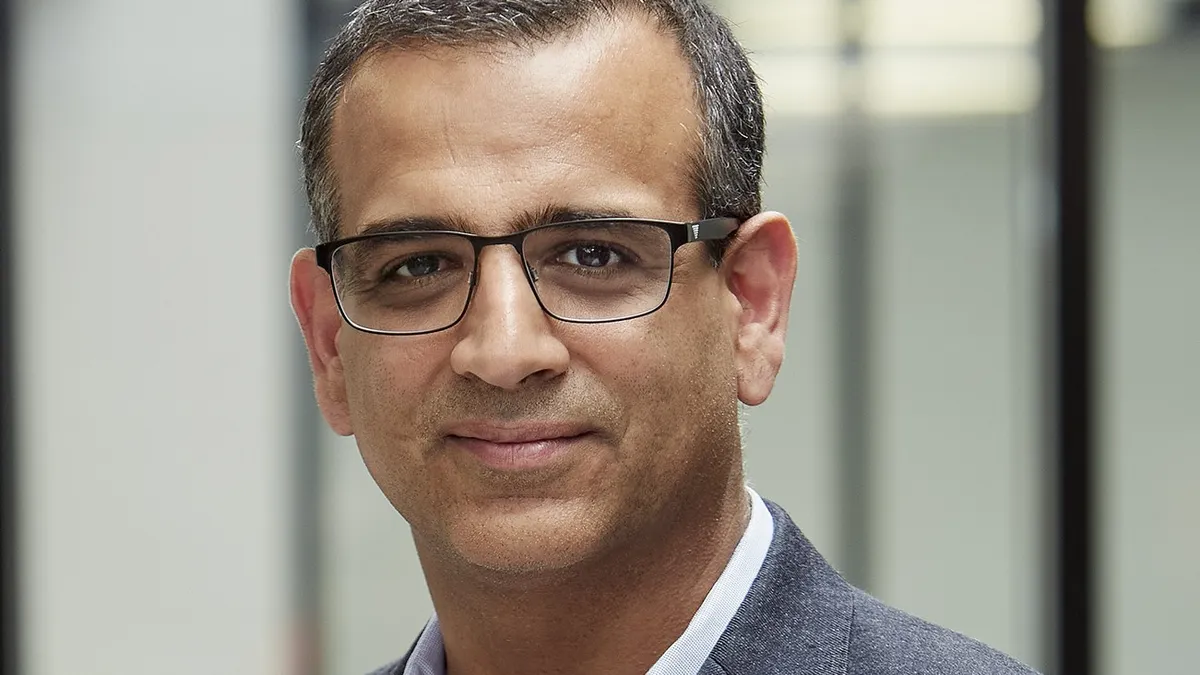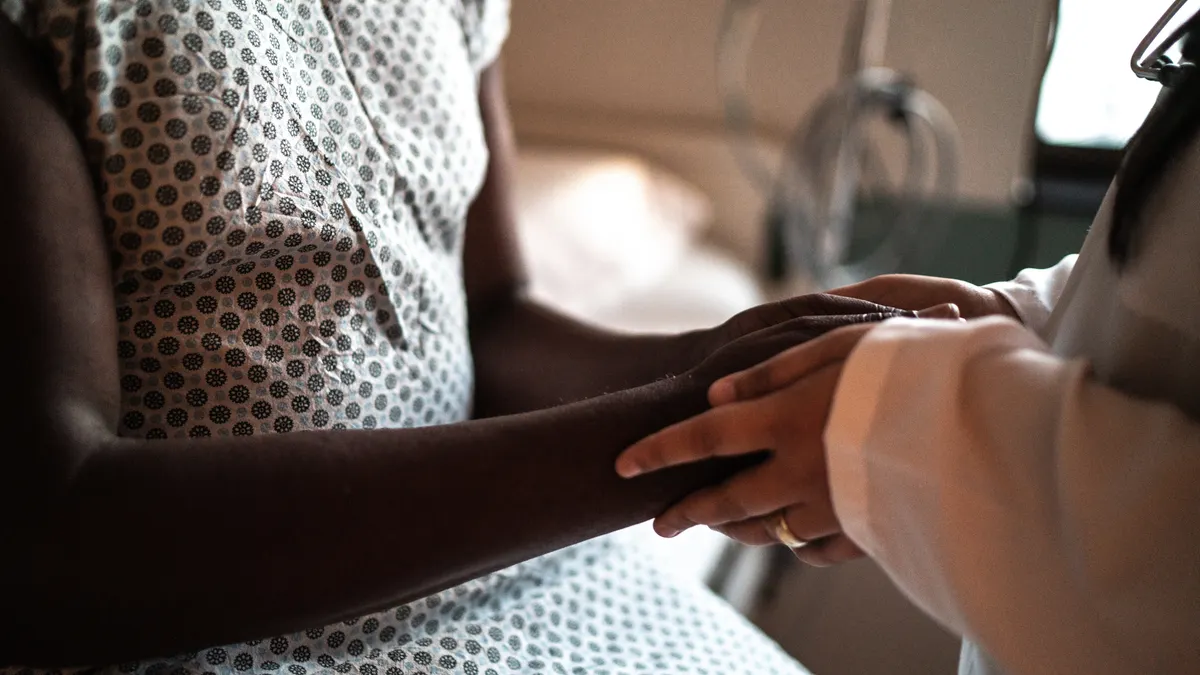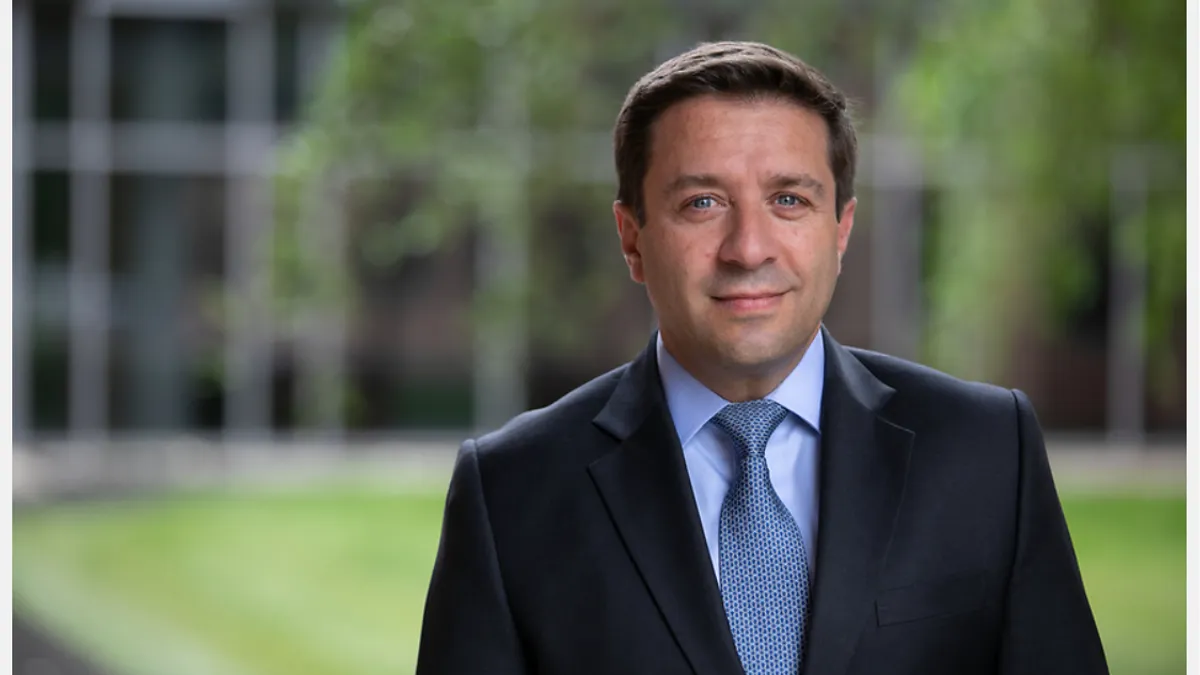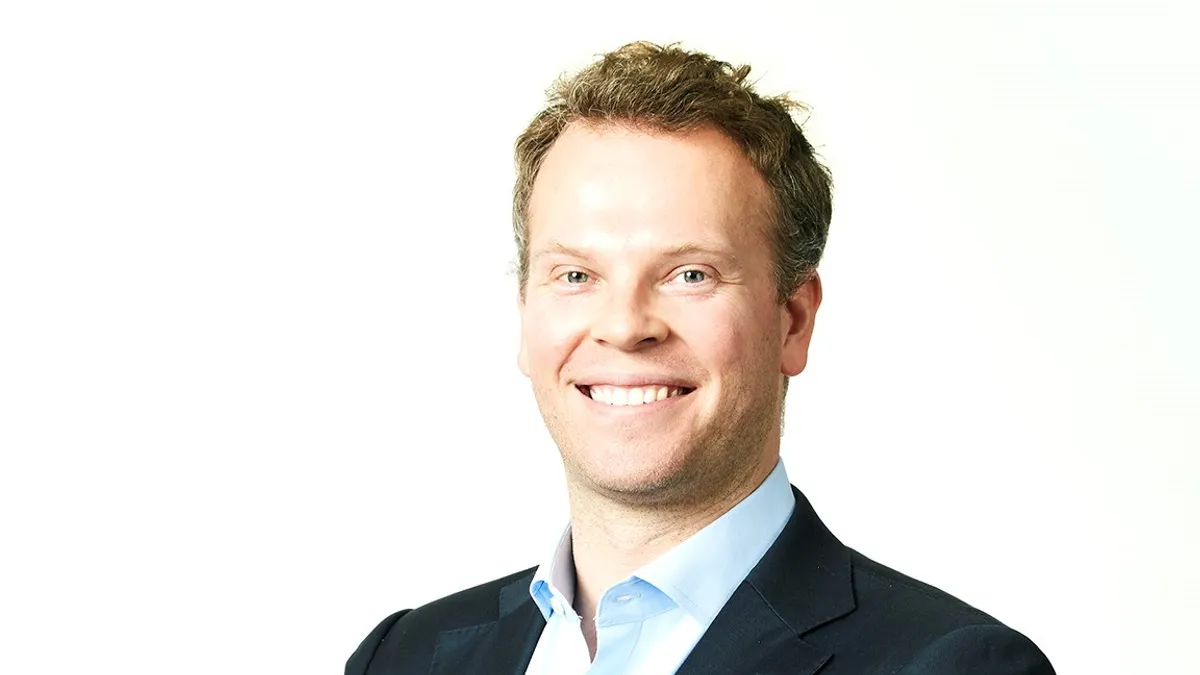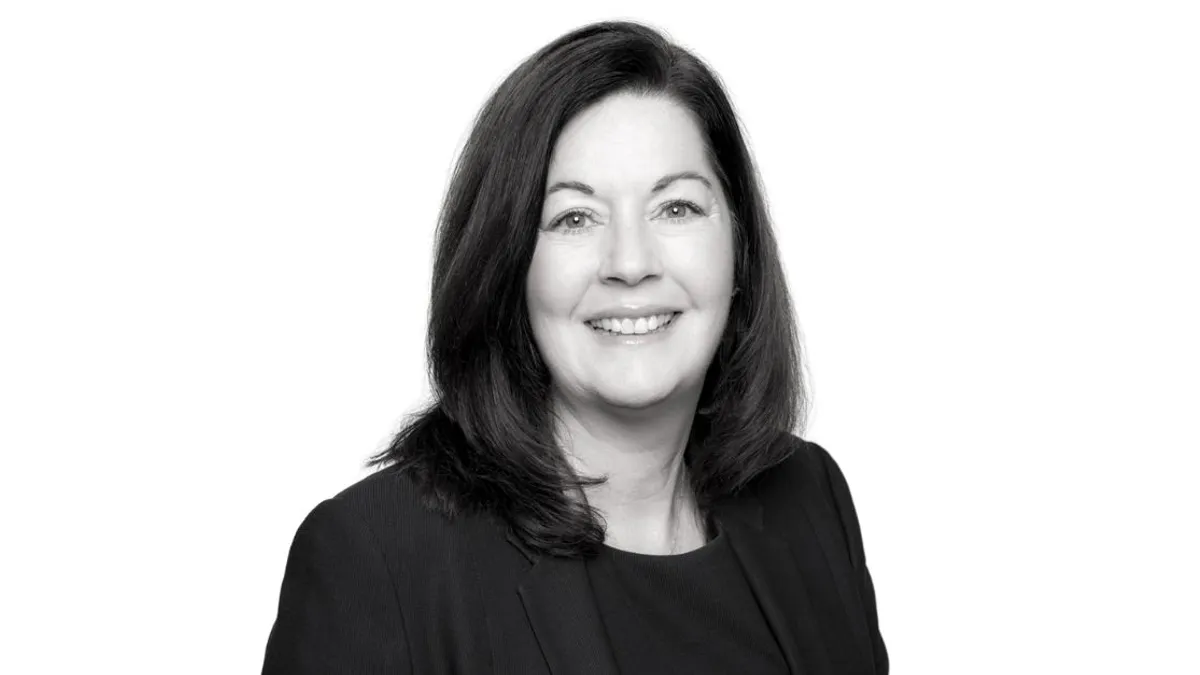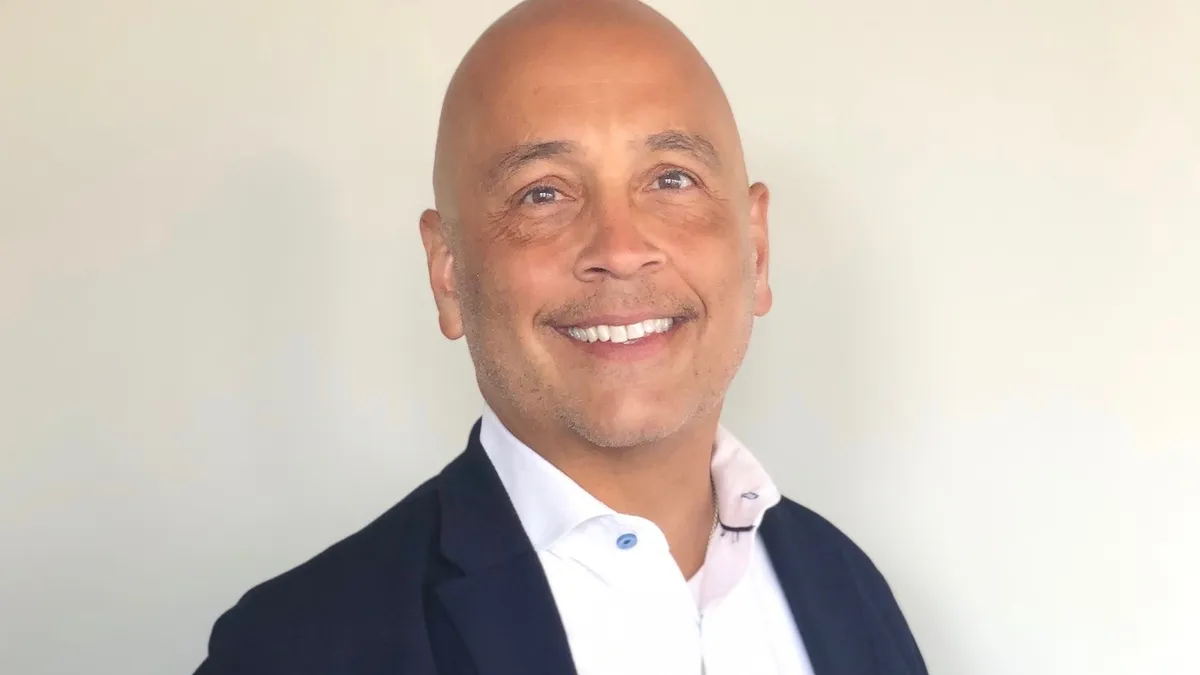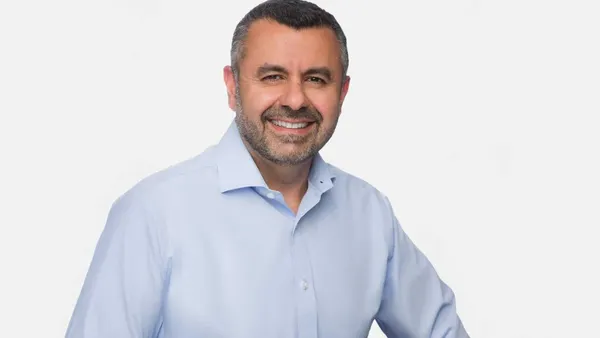Welcome to First 90 Days, a series dedicated to examining how pharma executives and other leaders are planning for success in their new roles. Today, we’re speaking to Harout Semerjian, CEO of Geron, about how the company is pivoting from clinical success to commercial challenges.
For 33 years, the biopharma Geron fought tooth and nail to develop the first-in-class telomerase inhibitor blood cancer treatment Rytelo. When it finally won FDA approval last year to treat anemia in patients with lower-risk myelodysplastic syndromes , folks at the company were overjoyed. In fact, the news “brought tears to my eyes,” Dr. Faye Feller, Geron’s executive vice president and chief medical officer at the time, told PharmaVoice.
But Geron soon learned that launching a promising treatment isn’t enough to guarantee success, even if it’s built on Nobel Prize-winning science.
“When we launched our asset, the expectation of the market was one thing, and then our initial performance was not in line with the market expectation,” said Harout Semerjian, who took over as Geron’s president and CEO in August.
Geron’s most recent financial results showed that Rytelo missed its revenue targets in the third quarter, just months after the company called first-quarter demand for the drug “relatively flat.”
Geron also learned that becoming a commercial-stage company after decades working in the clinic isn’t easy.
“One day you wake up, you get an approval, and then you slap [on] a field force and call yourself a commercial company,” Semerjian said. “It doesn't work that way. You really have to be very methodical in the transformation.”.
Now, Semerjian has taken the helm to help Geron find its feet as a commercial-stage company, drawing on decades in the pharma industry, including a stint at Novartis, where he was global lead for Gleevec and Kisqali, as well as head of the U.S. hematology franchise.
“That's my forte, having launched 20-plus therapies in hematology and oncology,” he said. “We have a very good drug that we can get to patients. We are at a pivotal time where I can make a difference with my background, and we have a team that’s really hungry to do that.”
The company has “the resources to actually get it done from a financial perspective,” with approximately $421 million in cash, cash equivalents, restricted cash and marketable securities as of Sept. 30, he said.
Here, Semerjian talks about his first months leading Geron and his plans to boost Rytelo’s sales through increased awareness and education.
This interview has been edited for brevity and style.
PHARMAVOICE: What has been your focus since landing in the CEO role in August?
HAROUT SEMERJIAN: One of the key things I've been doing is understanding how Rytelo is being perceived internally, but also even more importantly, by our external stakeholders — the physicians themselves who are the prescribers, the payers and the patients.
One thing which was very clear to me from the first week is the need to educate the community on the power of Rytelo, the appropriate patients [and] how to appropriately use it to ensure the maximum benefit.
It's about maximizing the potential of Rytelo in the U.S. through a significant surge in education and connectivity and being present in the right hematology forums.
[We’re] making sure we're set up as a company to be around the table on a commercial time clock, not a clinical time clock. There's a big difference … clinical time clocks are measured in years and the commercial time clock is measured in seconds and minutes because you're in front of patients that you can help today.
As you look back on your career and the drugs you’ve launched, are there particular lessons you’re applying to Rytelo?
Absolutely. I think my background really helps me not only with best practices, but also things that might not have gone as we intended. I learned more from the ones that went sideways more than the others.
I was the global lead for Gleevec … probably the poster child of a drug that is unbelievable. It transformed patients' lives in chronic myelogenous leukemia [and] was on the cover of Time Magazine as the magic pill. If there’s any drug that should sell itself, that’s Gleevec.
And even there, we had to educate. We had to make sure we engaged with the medical community in terms of how to optimally use it.
It's up to us to engage and identify the partnerships that we need and make sure we are very partner oriented, patient focused and [that] we're having those conversations.
What are your goals and milestones?
The ultimate goal is to get more patients to be on Rytelo.
In lower-risk MDS, you have 10,000 to 15,000 patients in the U.S. who can benefit from Rytelo … we are way below that number as the starting point.
We have a very good label. We have an even better [National Comprehensive Cancer Network] guideline endorsement. We have the funding, we have the team. We’ve got to get to work, and it has to be in a very concerted way [that’s] account focused.
And even a great drug doesn't sell itself, right?
Yeah. Absolutely. [With] the typical lower-risk MDS patient, 80% of them are treated in the community. So you have a community physician who's treating all kinds of oncological and hematological patients. They're probably more geared to some of the larger tumor types, like breast cancer, for example, or lung cancer.
So [with] the need for education and putting lower-risk MDS front and center [with] Rytelo as an option for those patients, it becomes a very important task that we can help with.



